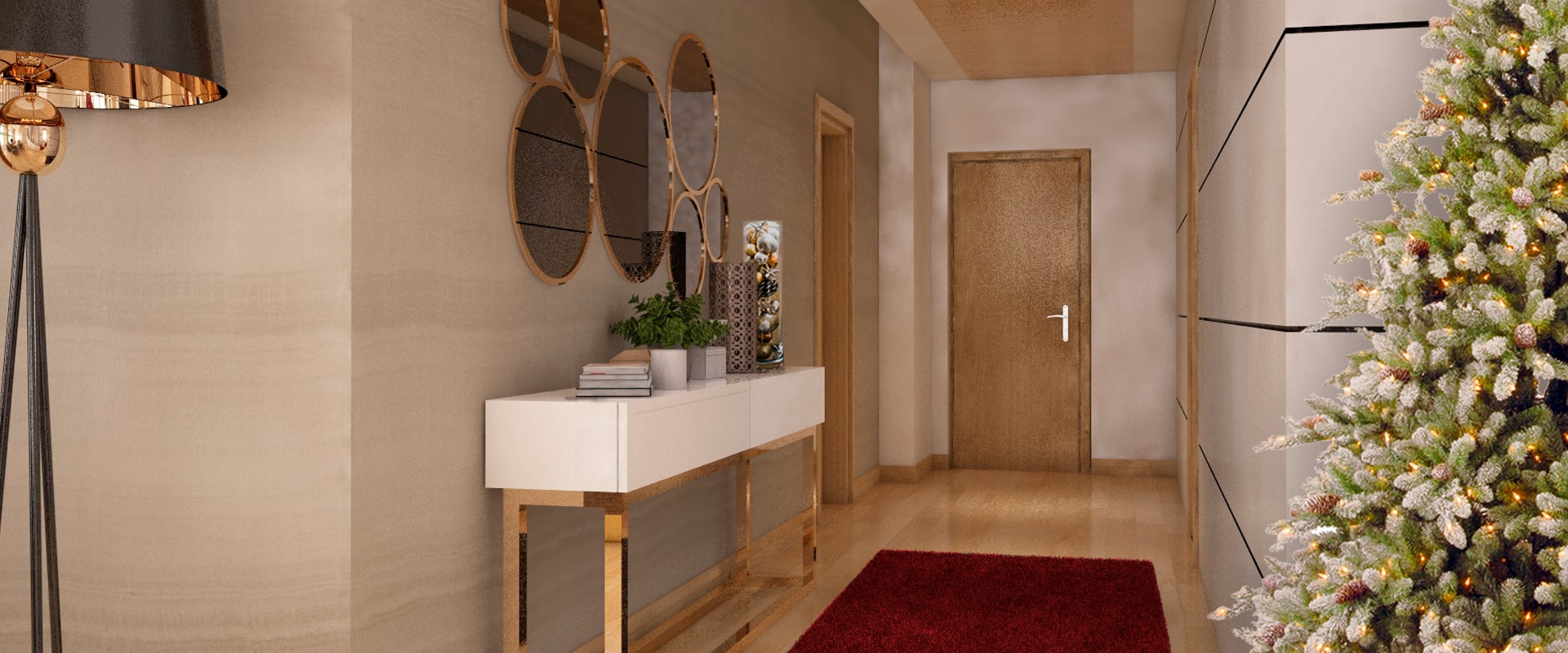Wood, a raw material that will never be outdated

For centuries, mankind has sought shelter in caves and holes we’ve found, using them as a home. From the very start of humanity, wood has been one of our raw materials of choice, one we’ve used, above all, to protect ourselves. In fact, since prehistoric times we’ve built shelters for protection, which is why there are countless, extraordinary buildings made from this material around the world.
Earth, stones, natural fibres and wood were the most widely used natural elements up until the 18th century. In fact, the latter was, and always will be, an extremely popular material when it comes to housing construction.
Although wood tends to be more closely associated with furniture and interior design, not only due to its beauty but also thanks to how practical it is, in this modern era, its use has been extended to civil construction.
Nowadays, a lot of technology has been developed that aids constructions using wood, making this the strongest contender in overcoming the challenges faced by construction materials in the 21st century. In developed countries, such as Norway, Sweden, Canada and Australia, about 90% of housing construction is carried out using this raw material, the reason being because it is environmentally sustainable and, compared to concrete, steel, aluminium and glass, it is recyclable, renewable and biodegradable.
As is well known, the construction sector is responsible for a considerable amount of the pollution produced on our planet. It has therefore been proven that using more wood in construction, combined with more sustainable forest management practices, could greatly contribute to reversing the destruction of the Earth’s natural resources.
In Portugal, along with a large percentage of the world, we are not yet fully aware of these environmental issues. Given the harmful effects of pollution on our planet, it is urgent that we find solutions to minimise it, as quickly as possible. Nowadays, this means recognising that the use of wood in housing construction is more sustainable than other solutions.
Structurally, wood is highly resistant and durable, and provides thermal, acoustic and electrical insulation. Its colour and texture make it aesthetically very attractive, allowing architects and designers to choose from a wide range of options to meet their needs.
Wood is, in conclusion, an excellent raw material that, in addition to being widely used inside buildings, whether for wall and door cladding, ceilings, floors, skirting boards and window frames, or for furniture, can now be seen used more and more frequently in housing construction and finishing.

